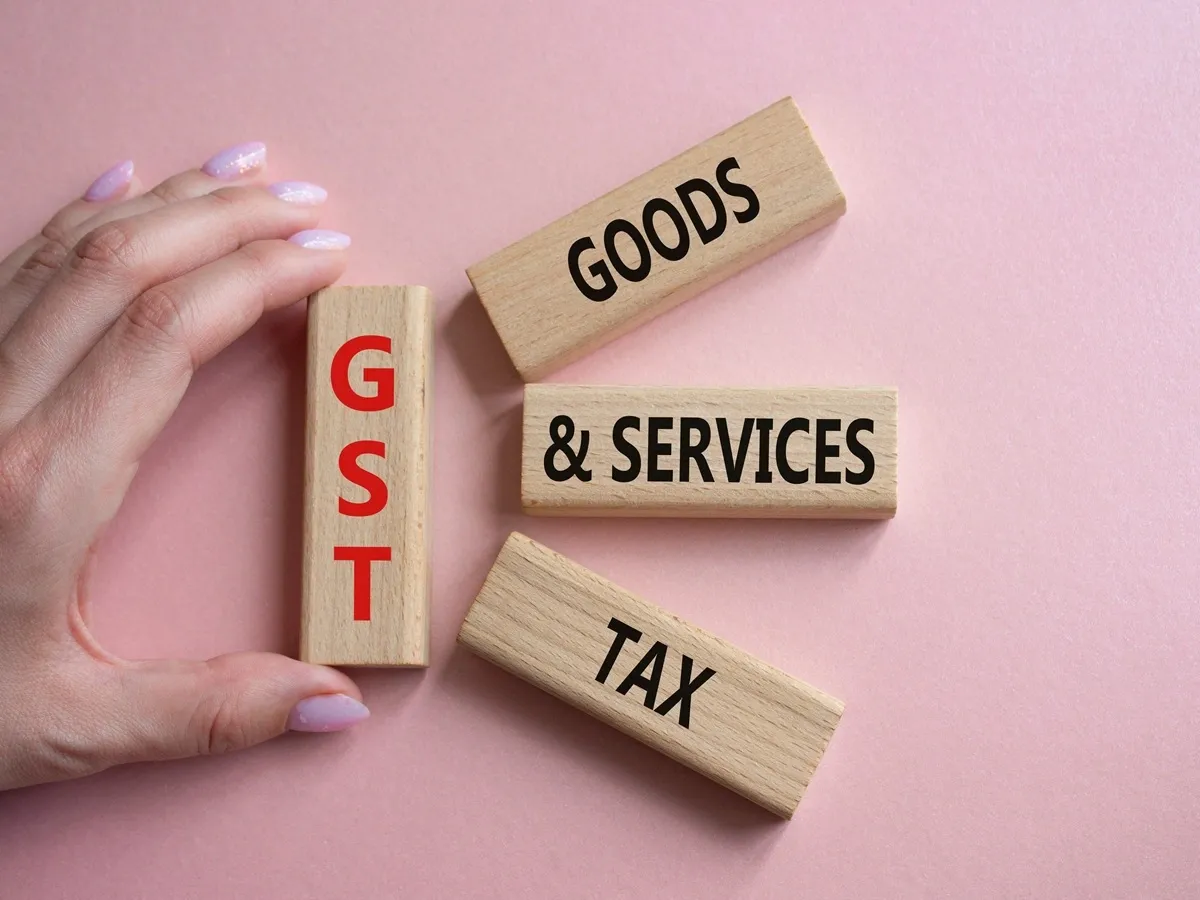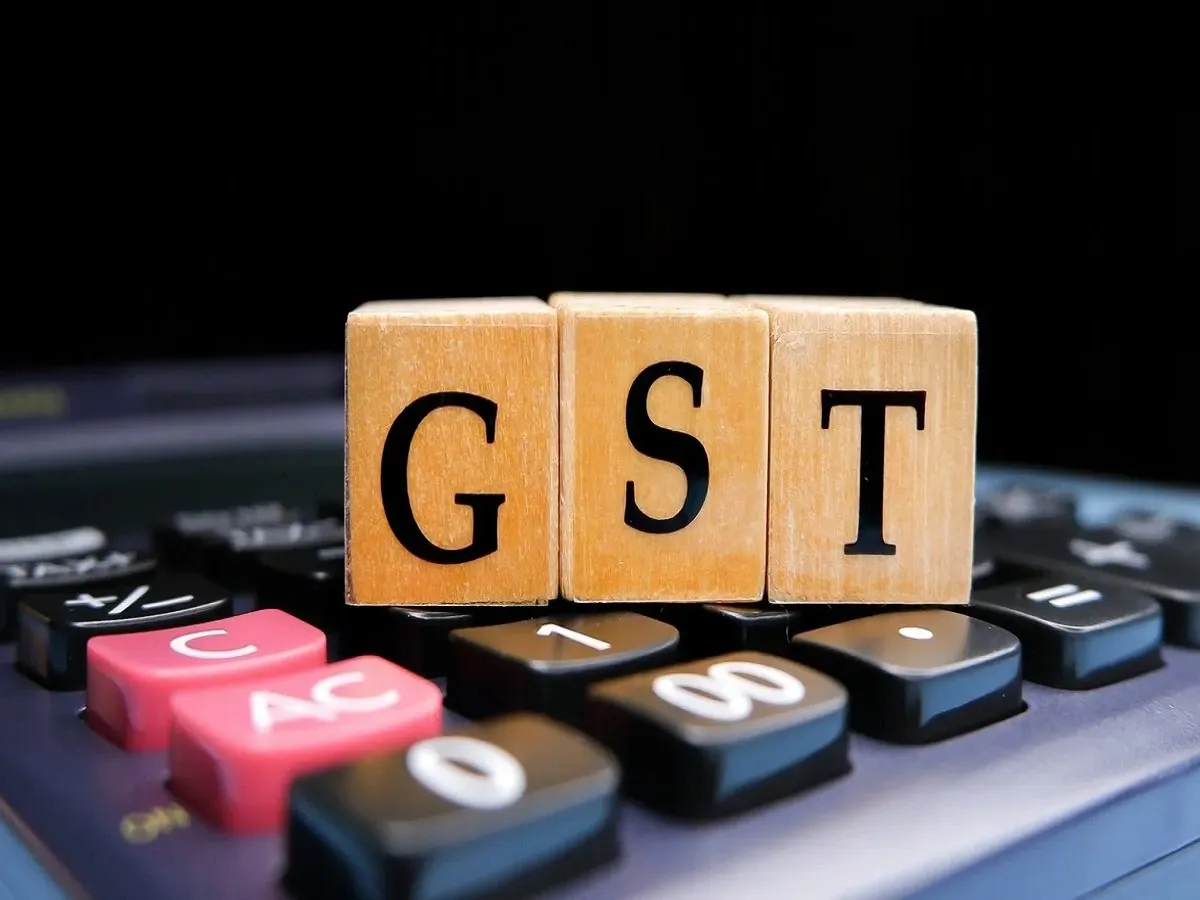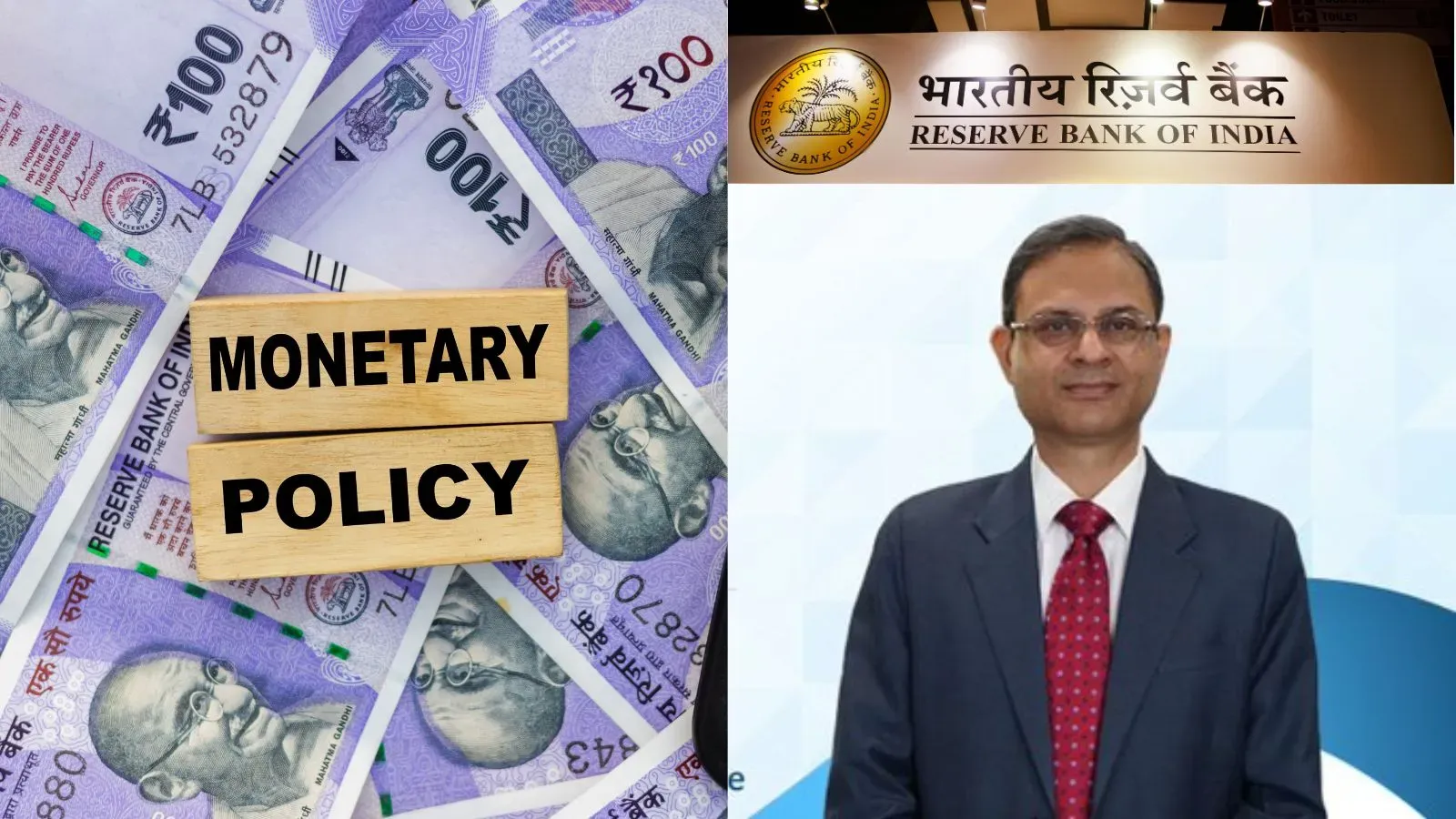Business News
GST rate cut FAQs: What gets cheaper, what stays costly; how it impacts input tax credit, refund
.png)
9 min read | Updated on September 04, 2025, 07:56 IST
SUMMARY
The GST Council has announced a major overhaul of India’s indirect tax system, reducing the four-tier structure to just two slabs of 5% and 18%.

The GST Council approved rate overhaul by limiting slabs to 5% and 18%, effective from September 22.
In a sweeping reform of the indirect tax system, the all-powerful Goods and Services Tax (GST) Council on Wednesday slashed tax rates on a wide range of common-use items and services.
The Council, headed by Union Finance Minister Nirmala Sitharaman, approved a major overhaul of the GST structure, cutting down the four-tiered regime of 5%, 12%, 18% and 28% into just two slabs of 5% and 18%, effective September 22.
A special 40% slab has been reserved for luxury and sin goods such as high-end cars, yachts, aircraft and tobacco products.
Everyday consumer items like shampoo, soap, toothpaste and bicycles will now attract 5% GST, down sharply from 12–18%.
Food items like chapati, paratha, corn flakes, biscuits, ice cream and fruit juices will see cuts to 5% or even nil.
Cement, small cars, motorcycles up to 350 cc and appliances such as air-conditioners and televisions will shift to the 18% slab from 28%.
Individual life and health insurance premiums have been fully exempted under the new structure.
The move is expected to boost household consumption and offset the impact of US tariffs on Indian exports.
FAQs on GST rate overhaul:
The revised GST rates on goods and services will take effect from September 22, 2025, coinciding with the first day of Navratri.
The change applies to all goods and services except specified tobacco products such as cigarettes, chewing tobacco (zarda), unmanufactured tobacco, and beedis. These items will continue to be taxed at existing rates plus compensation cess until loans taken to pay states for revenue loss are fully paid back.
No. The threshold for registration under the Central GST Act remains unchanged. Businesses must continue to follow the same turnover criteria for GST registration.
The revised rates will be formally notified through a rate notification issued by the Central Board of Indirect Taxes and Customs (CBIC). The notifications will be uploaded to the CBIC website.
If payment is received after the rate change, the time of supply will be the earlier of the payment date or invoice date.
If payment is received before the rate change, the date of payment will be treated as the time of supply.
The applicable GST rate will be determined by the time of supply provisions under Section 14.
Yes, ITC already availed can be used. But if supplies become exempt after September 22, ITC must be reversed.
Yes. Section 16(1) of the CGST Act entitles a registered person to take credit of input tax charged on inward supplies, provided the tax was levied correctly at the rate prevailing at that time. ITC will not be recalculated at the new rate for past purchases.
Yes. ITC already availed and credited into the electronic ledger can be used for any outward tax liability under Section 49(4).
ITC can be utilised for outward supplies made till 21st September 2025. From 22nd September, when supplies become exempt, ITC must be reversed as per provisions of the CGST Act.
The refund is allowed where the input tax rate is higher than the output supply rate. However, if input and output are the same but taxed at different times, the refund provisions will not apply.
IGST on imports will align with the revised GST rates as notified. Any exemptions specifically provided for IGST on imports will continue to apply.
GST is levied on supply, not on stock. Therefore, goods supplied on or after September 22 will attract the revised rates, irrespective of when they were purchased.
No. An e-way bill generated before transportation remains valid for its full period. There is no requirement for cancellation or re-issuance simply because rates change during transit.
Yes. UHT milk is now exempt, aligning it with other dairy milk, which was already exempt.
No. Plant-based milk drinks, except soya milk drinks, earlier attracted 18%. Soya milk drinks attracted 12%. Now, both categories are taxed at 5%.
The rationalisation aimed to keep similar goods under the same rate to avoid disputes. The 40% rate ensures parity across beverage categories, replacing cess that existed earlier.
Such food preparations will now attract 5% GST.
Previously, bread was exempt, but products like pizza bread and parathas attracted tax. Now, to simplify classification, all Indian breads, by any name, are exempt.
Since the compensation cess has been withdrawn, GST was adjusted upwards to maintain the overall tax incidence at pre-rationalisation levels.
Paneer in non-packaged form was already exempt. Only pre-packaged paneer has been rationalised to ensure relief for small-scale producers.
The exemption for natural honey is meant to support domestic beekeeping and promote natural produce. Artificial honey continues to attract GST.
Yes. Equipment like sprinklers, irrigation systems, threshers, and beekeeping machinery are now taxed at 5% instead of 12%.
According to the finance ministry, full exemption would block ITC for manufacturers, raising production costs and potentially passing higher prices to farmers. The 5% rate strikes a balance between affordability and sustaining domestic industry.
Cotton continues to attract GST under reverse charge, which ensures seamless ITC credit for the textile sector and prevents tax chain breakage.
Most medicines attract 5% GST. Some essential drugs are exempt.
If drugs/ medicines are fully exempted, the manufacturers/dealers would not be able to claim input tax credit on GST paid on raw materials and would have to reverse the ITC paid on the inputs. This would increase their effective tax incidence and cost of production. This may, in turn, be passed on to consumers/ patients in the form of higher prices, which in turn would make the measure counterproductive.
Yes, all medical devices — surgical, dental, veterinary — attract 5%, unless exempted separately.
Some inversion exists, but refunds of accumulated ITC are allowed under GST, ensuring manufacturers are not unduly burdened.
Nil. All individual life and health insurance policies are exempt.
18% for petrol/LPG/CNG cars up to 1200cc and diesel cars up to 1500cc, provided length does not exceed 4000mm.
These vehicles now attract a flat 40% GST. The cess has been removed, but effective incidence remains close to earlier levels.
Up to 350cc: 18%
Above 350cc: 40%
No, EVs continue to enjoy a concessional rate of 5%.
Q. What is the rate on three-wheelers?
18%, down from 28%.
All passenger vehicles designed for 10 or more persons, including the driver, now attract 18%.
No, but ambulances now attract 18% GST (down from 28%), provided they are factory-fitted with required medical equipment.
18%, reduced from 28%.
Tractors (up to 1800cc): 5%
Road tractors for semi-trailers (above 1800cc): 18%
Basic food items remain tax-free. Processed foods like butter, ghee, corn flakes, biscuits, jam, juices, ice cream, etc., will now attract 5% instead of 18%.
Items like shampoo, hair oil, soap, toothpaste, and toothbrushes will fall to 5% from 18%.
Bicycles, tableware, kitchenware, umbrellas and combs will attract 5%, down from 12%.
Yes, rate reduced from 28% to 18%.
Air-conditioners, TVs and dishwashers will be taxed at 18% (down from 28%).
This is reserved for luxury and sin goods like high-end cars, yachts, aircraft, and certain beverages. Earlier, these items attracted both 28% GST and compensation cess. The cess is now merged into GST, with a 40% rate applied to maintain revenue neutrality.
Related News
By signing up you agree to Upstox’s Terms & Conditions
About The Author
Next Story


